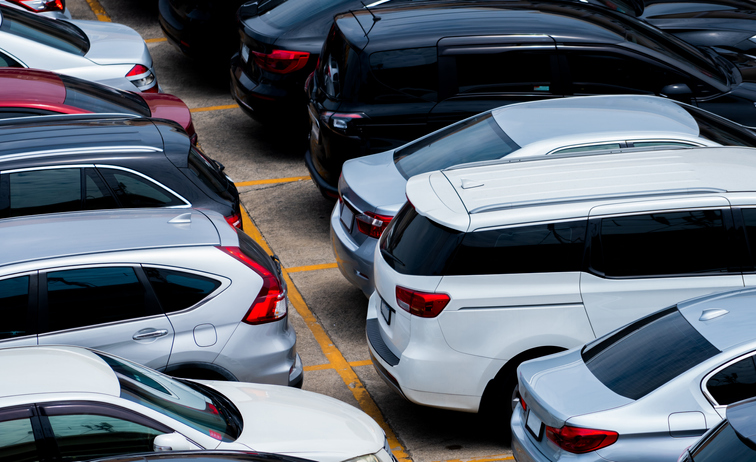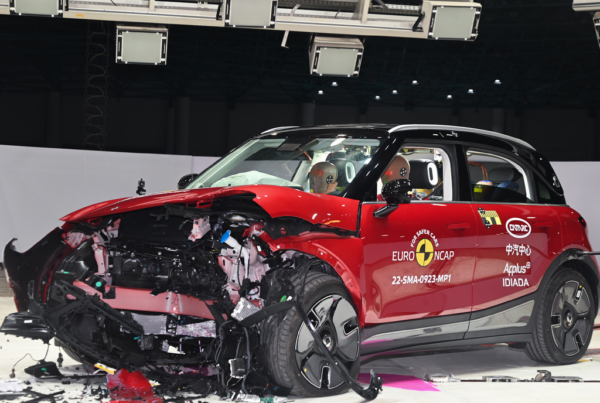Global supply chain issues continue to take a toll on Australian new car sales. For the month of April, 81,065 new vehicles were sold, a sharp decline of 12.2 percent compared to the same month last year.
There were 23 selling days in April 2022 compared with 23.6 in April 2021, resulting in a decrease of 388.4 vehicle sales per day.
“We know this is not a reflection on the demand for new vehicles in the marketplace. This is a reflection on the global automotive industry’s ability to supply vehicles to not only the Australian market, but all markets throughout the world,” said FCAI Chief Executive Tony Weber.
Every State and Territory reported a decline in sales. ACT sold 1,201 vehicles (down 14.9 percent from last year), NSW sold 25,432 (down 12.7 percent), Northern Territory recorded 848 units sold (down 4.8 percent), QLD sold 17,424 (down 11.2 percent), SA sold 5,459 (down 6.2 percent), TAS reported 1,466 sales (down 7.9 percent), VIC sold 21,339 (down 11 percent), and WA reported 7,896 units sold (20.4 percent).
Despite drops in sales, Toyota still led the market with 17,956 units sold (22.2 percent market share). Mazda came in second with 7,278 units sold (9.1 percent share) and Mitsubishi came in third with 6,463 units sold (8.0 percent share).
Only the heavy commercial vehicle market went up in April 2022 versus April 2021 with 222 Vehicle sales for an increase of 6.5%. The passenger vehicle market is 14.5 percent with 2,620 units sold, the sports utility market was down 13.8 percent at 6,806 units sold, while the light commercial market is down 9.6 percent with 2,087 units sold.
The Toyota Hi-Lux was the highest selling model (4,493 units). The Ford Ranger came in second with (3,581 units). Toyota’s RAV4 was third (3,373 units). Mazda’s CX-5 took out fourth place (2,701units). Fifth place went to Isuzu Ute’s D-Max (2,374 units).
Electric cars covered 1.0 per cent of all new car sales, up from just 0.3 per cent in the same month last year with 866 units sold.
“Automotive manufacturers continue to suffer from a shortage of microprocessor units which is impacting their ability to ramp up production to pre-pandemic levels.”
“Covid-19 continues to impact manufacturing and supply, particularly where factories have been forced to close and shipping operations are yet to fully recover. This is being reflected in the extended delivery times for new vehicles.”





















